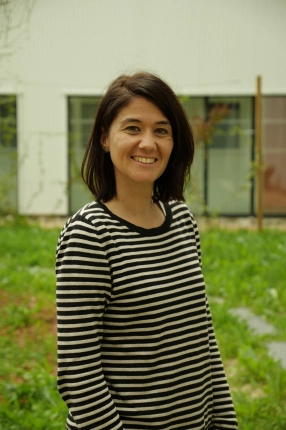Après avoir obtenu un Master en Microbiologie dans ma ville natale, Oviedo, dans le nord de l'Espagne, j'ai réalisé une thèse au sein du laboratoire de Génétique des Biofilms de l'Institut Pasteur (Paris), sous la supervision de Jean-Marc Ghigo. Pour ma première formation postdoctorale, j'ai rejoint le laboratoire de Biologie Évolutive dirigé par Gregory J. Velicer à l'ETH de Zurich, où j'ai étudié l'évolution d'un microbe social et la manière dont ces interactions pouvaient influencer la biodiversité et l'évolution des espèces. Par la suite, j'ai intégré un laboratoire computationnel dirigé par Eduardo Rocha à l'Institut Pasteur, et je me suis intéressée à l'évolution d'une structure extracellulaire important et un facteur de virulence majeur, la capsule bactérienne.
Au début de 2024, je me suis installée au Centre de Biologie Intégrative (CBI) à Toulouse, afin d'étudier l'impact de la capsule sur l'adaptation bactérienne.
Plus précisément, l'équipe étudie les interactions microbiennes à différentes échelles temporelles (des échelles microévolutionnaires aux macroévolutionnaires) et à différents niveaux d'organisation biologique (de la cellule unique au niveau communautaire).
Notre projet se concentre sur la manière dont les structures de surface cellulaire façonnent des interactions microbiennes complexes, notamment le transfert horizontal de gènes, l'impact sur l'adaptation, et détermineront l'évolution de la structure et de la fonction des communautés complexes.
Nous utilisons Klebsiella pneumoniae (Kpn) comme modèle expérimental. Kpn est une bactérie à Gram négatif encapsulée appartenant à la famille des Enterobacteriaceae. Elle est considérée comme un pathogène opportuniste et une bactérie multi-résistante majeure
